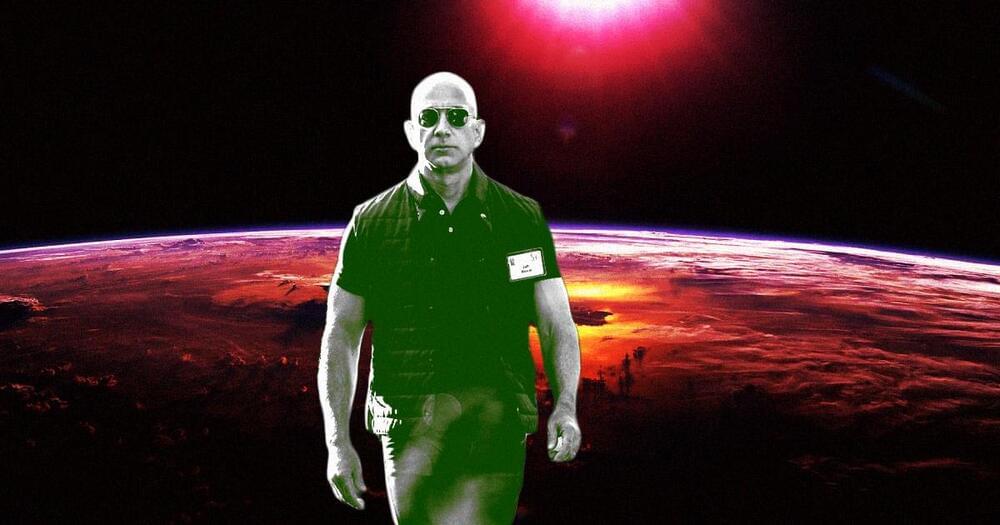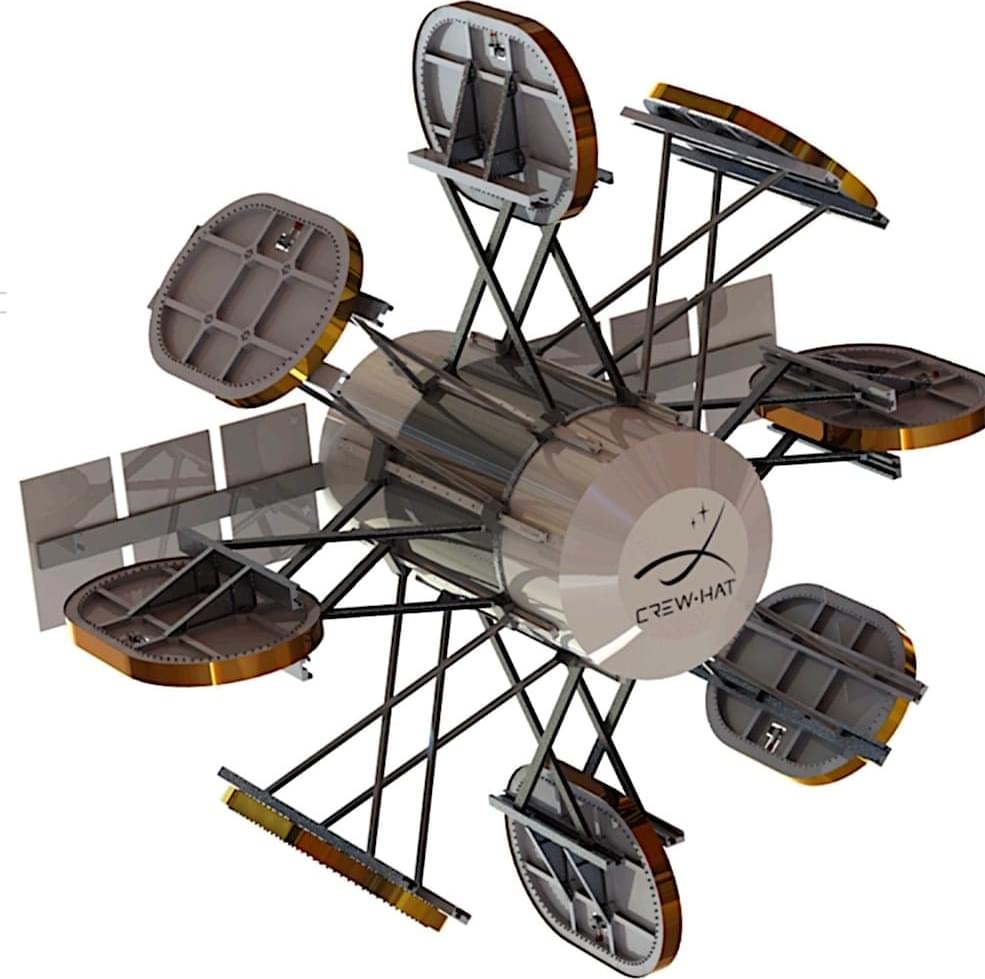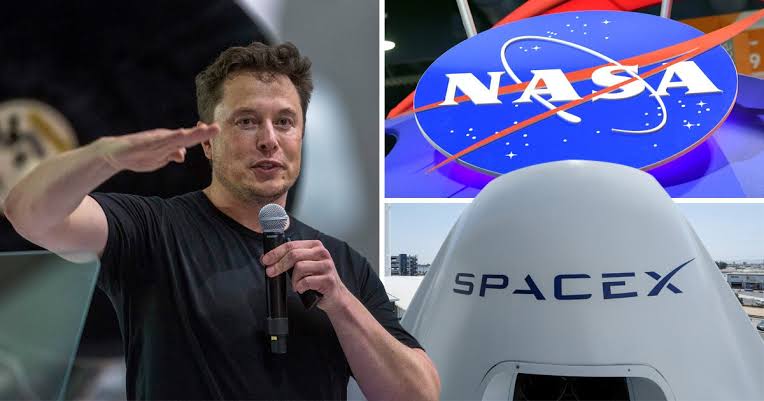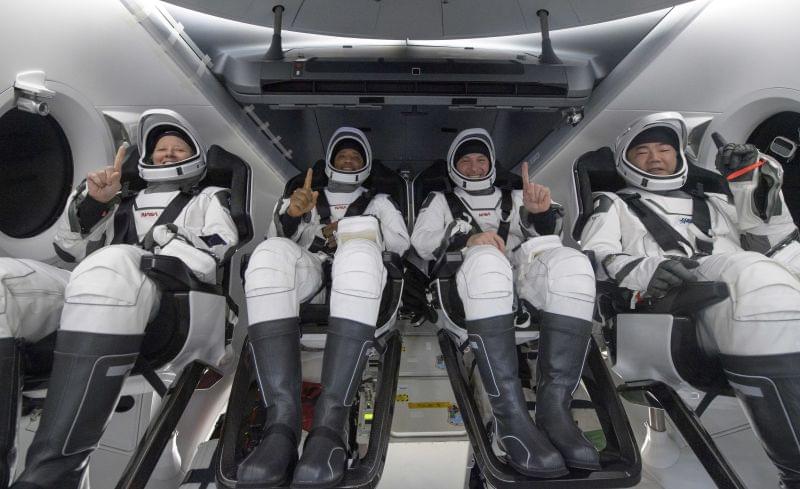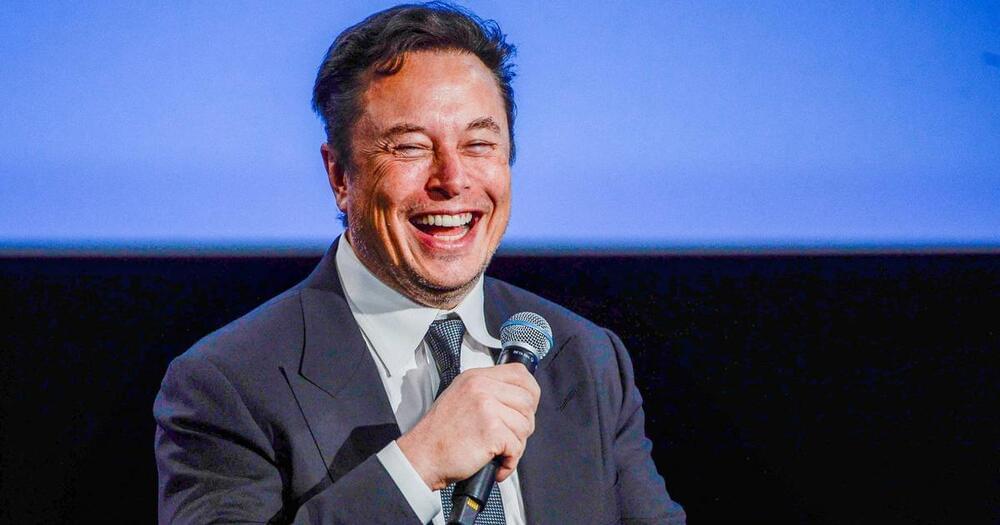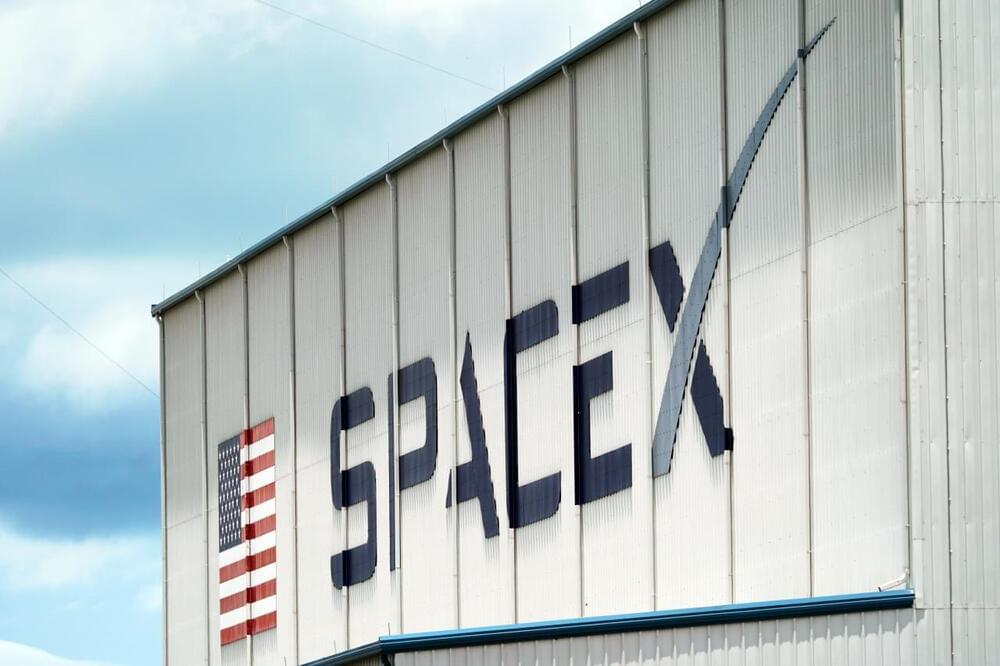Sep 7, 2022
Are warp drives science now?
Posted by Dan Breeden in categories: education, mathematics, physics, science, space travel
Check out the math & physics courses that I mentioned (many of which are free!) and support this channel by going to https://brilliant.org/Sabine/ where you can create your Brilliant account. The first 200 will get 20% off the annual premium subscription.
You can support our channel on Patreon: https://www.patreon.com/Sabine.


